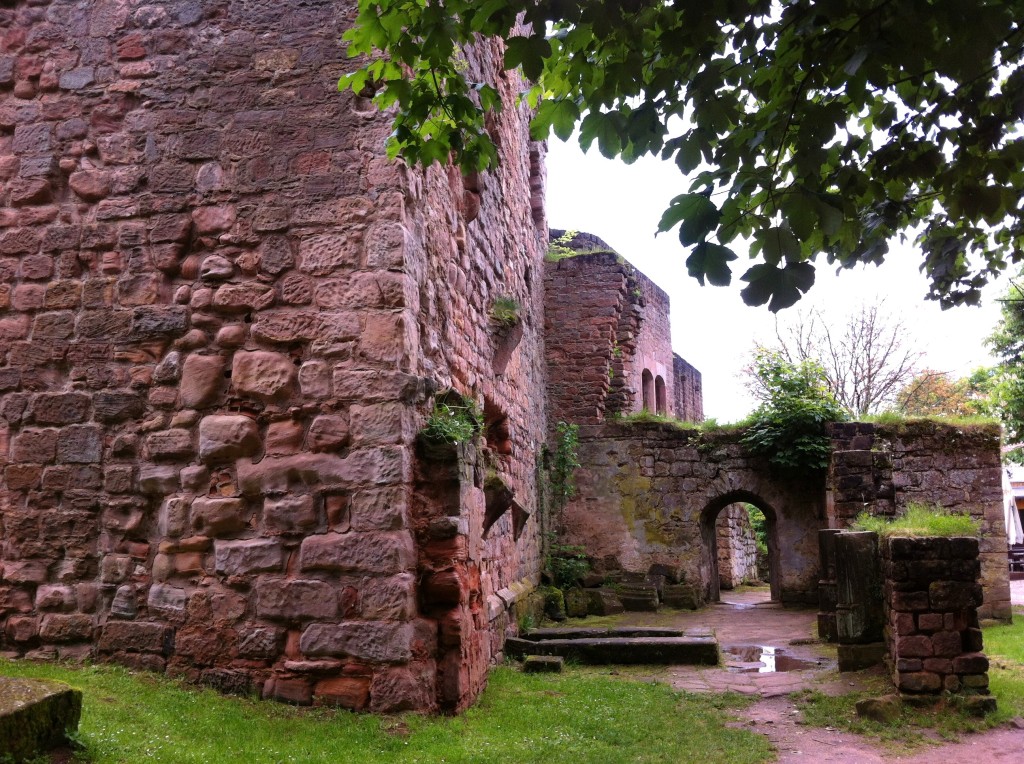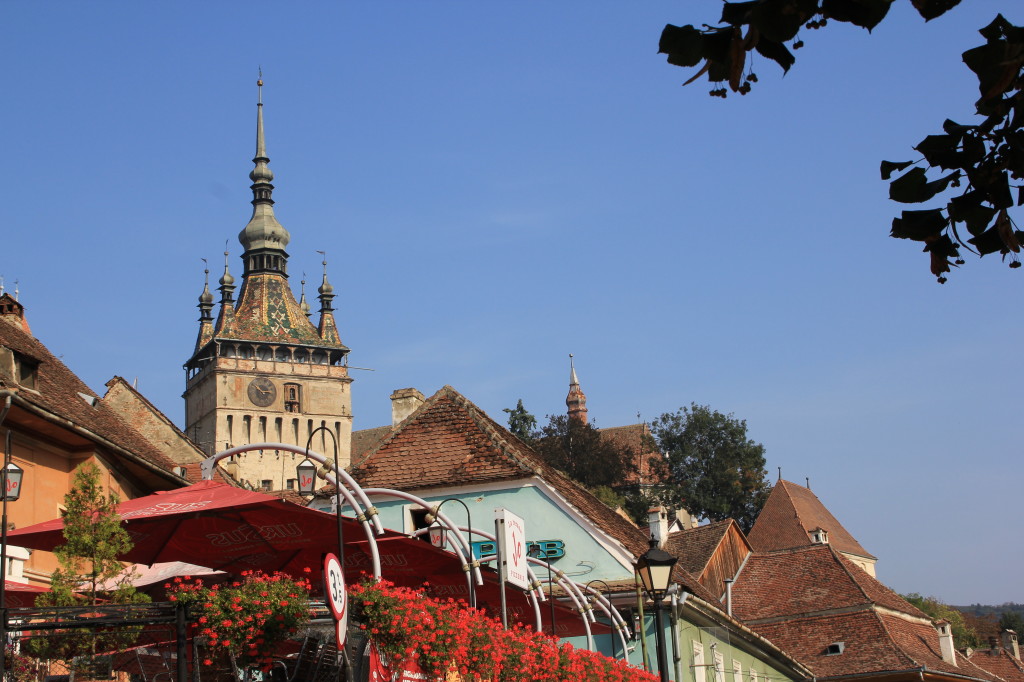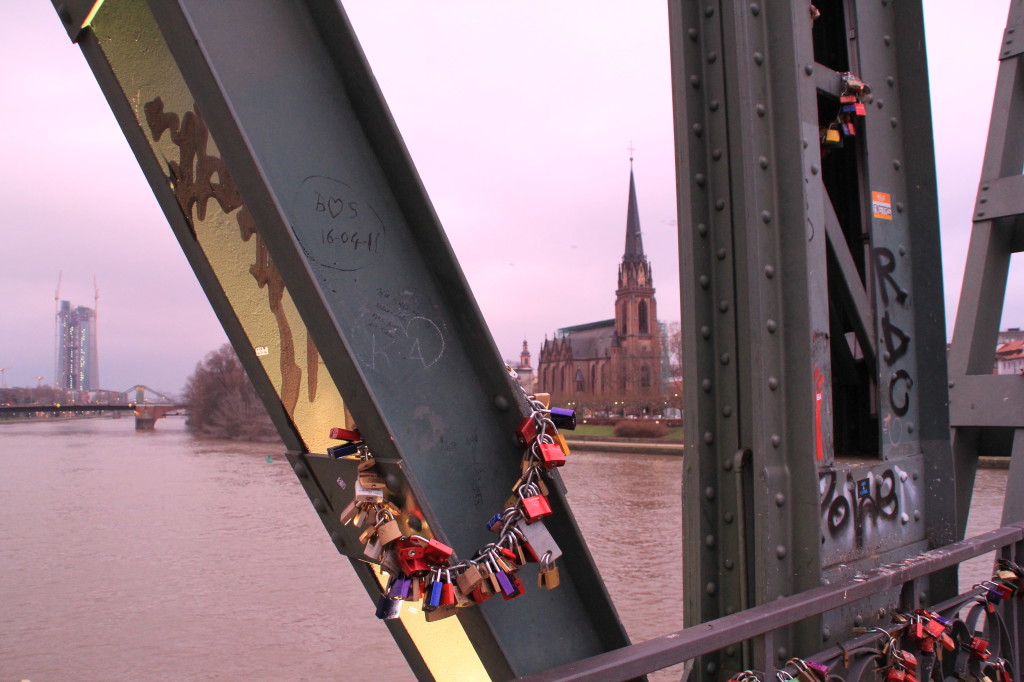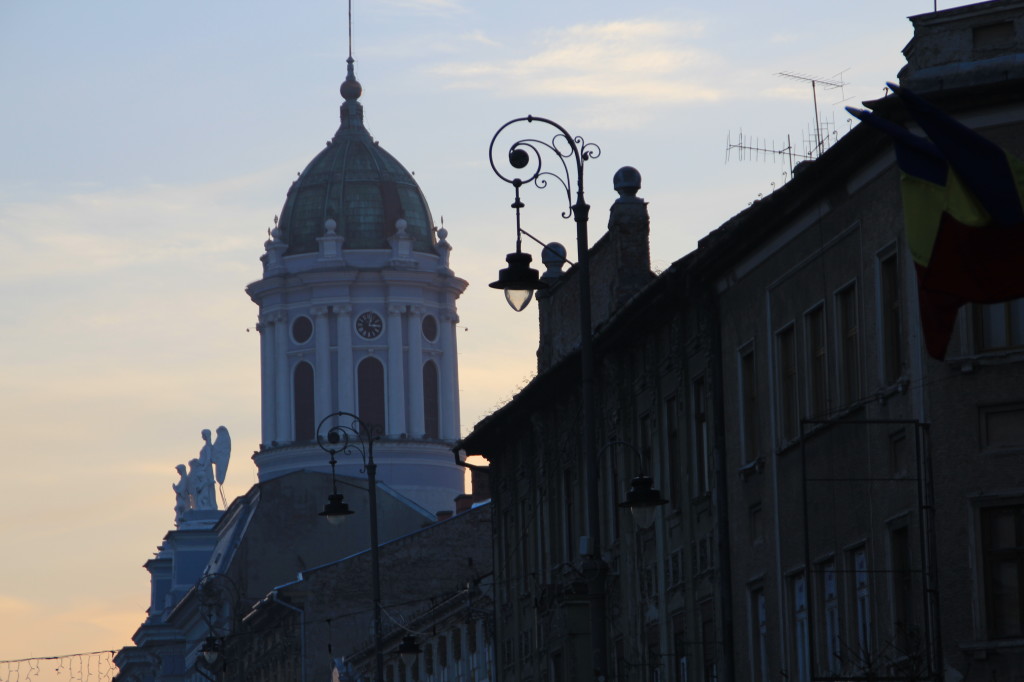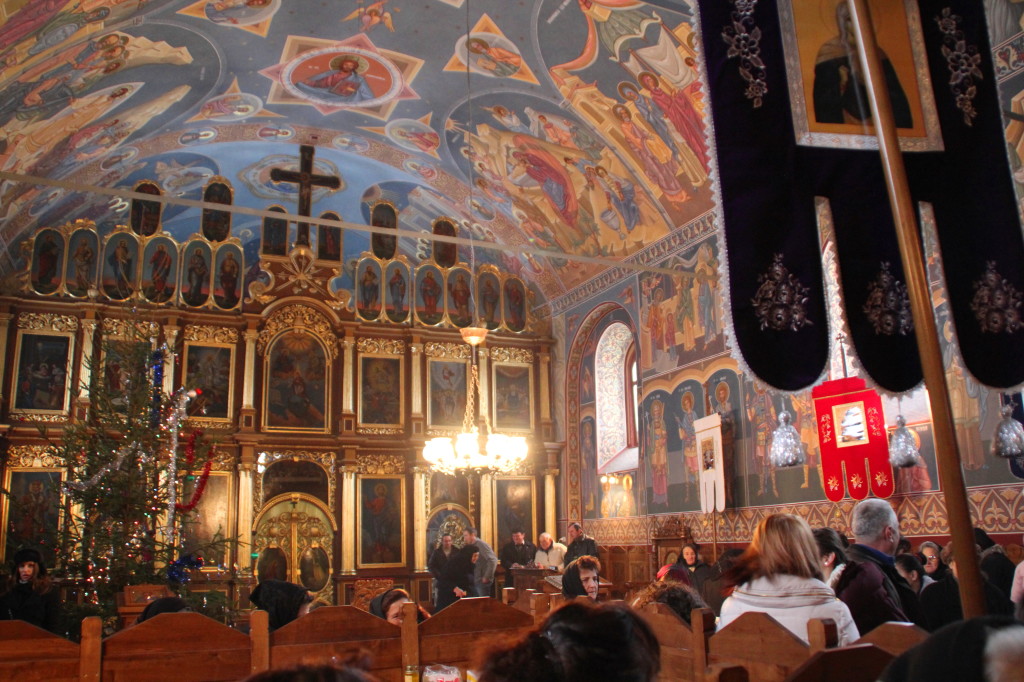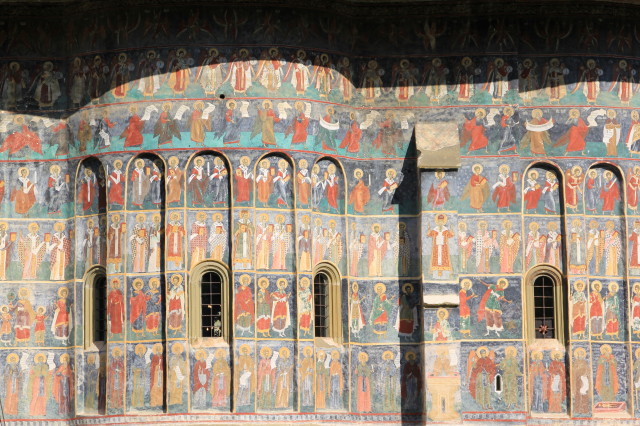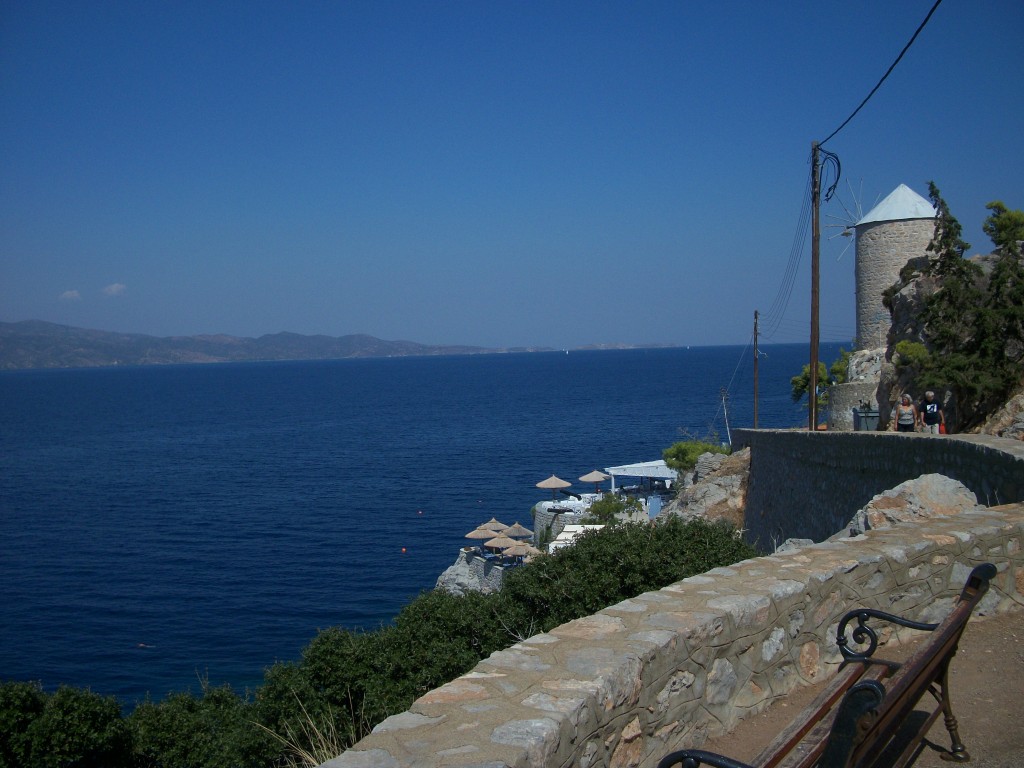Nanstein Castle – Landstuhl
If you find yourself in Landstuhl what else can you do besides shopping for wine and chocolate? The walk up the hill, to one of the most important medieval castles will take you 30 minutes or less. Totally worth it. Beautiful uphill walk and great view from above the city. Even on a cloudy day, you never know…. You might be lucky, as I was, for the sun to show up for your visit and some of your pictures. The Nanstein Castle is open for visitors from 10 am to 4 pm from the 1st of October through the 31st of March (except in December) and from 9 am to 6 pm from the 1st of April through the 30th of September. On Mondays and in December the castle is closed to the public. Entrance fee to the Nanstein Castle is €3.00 for adults or €2.10 with a discount (military, retirees, disabled, over 65 years of age, students etc.) Children under 6 years old enter free of charge. The castle brochures cost €1.10 and I highly recommend it, since all the signs around are in German, and the English brochure gives you interesting and informative information on the history and lay out of the castle, and the history of the owners and the medieval times. To make reservations for a guided tour, contact the Sickingen Tourism Office at 06 37 1/49 53 11 or e-mail tourismus@landstuhl.de The Nanstein Castle took the name of the 15m high sandstone rock overlooking the city of Landstuhl. Burg Nanstein (Burg=Castle, in German) was initially built between 1152 and 1160. During the following centuries it was reinforced, destroyed and restored. Its fascination- for most- has to be in connection with the Knights and the fact that this particular castle was owned by Franz von Sickingen zu Edernburg, “Idol of the Middle Ages”, honored with the title of the “Last Knight”. From the brochure I learned a lot. The knights usually got their income from paid tolls on the use of bridges and rivers and the services and taxes of farmers. Sickingen was a great war businessman. He offered his services and soldiers to every body for financial profit and oftentimes defended simple citizens in legal disputes against cities. During that time in history, those citizens would not stand a chance against a big city in a legal claim. Confronting the enemy with an impressive army (activated in a short time) made a profit for Sickingen, while the execution of such a move finalized with no bloody battle. The castle was destroyed in 1523 during the “Imperial Knight War” due to modern gunfire. Franz von Sickingen estimated they could last the attack up to a few months, until reinforcement could arrive. Yet, in less than a day the modern artillery collapsed the castle’s powerful gun tower (the main defense plant) by intense firing at the same point on the tower from three differed locations, causing the stone to vibrate and create tension in the sandstone. Franz von Sickingen was badly injured during a trek through the gun tower and died on the 7th of May 1523, after surrendering. The destruction of Burg Nanstein marked the end of medieval castles used as fortresses in all Central Europe. Life in the castles was not as glamorous as some may imagine it today, as they were built for battle not comfort. Due to the new artillery, fortified houses would not stand a chance in a battle anymore and the lower aristocracy lost its ability to use them. New fortresses could only be defended by a strong arsenal of artillery and a big army, therefore they required enormous financial power. The map below reminds me of my pilgrimage to Santiago de Compostela in Spain. One of the roads of the Camino de Santiago passes through here.
